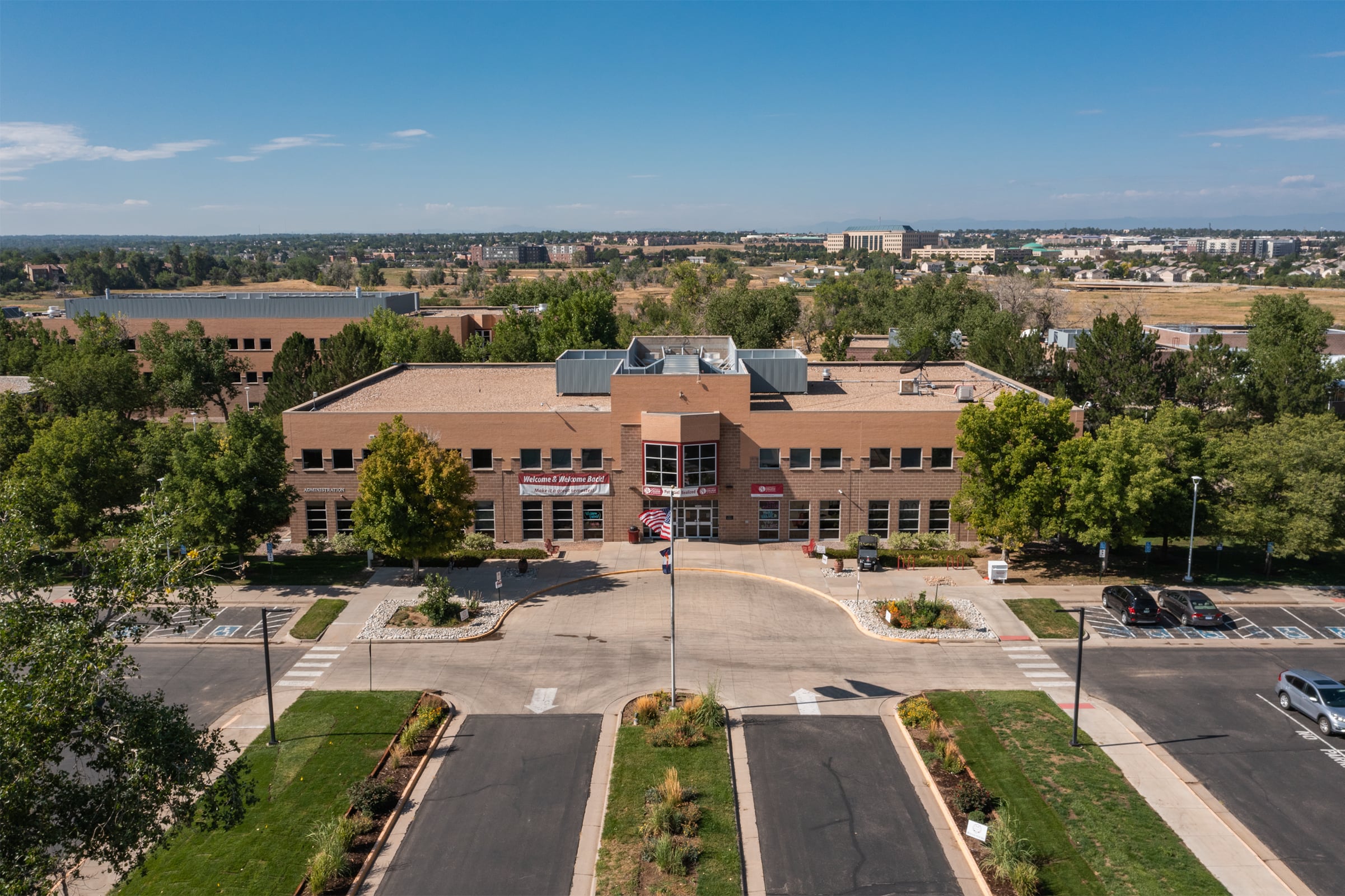The Community College of Aurora will phase out over 30 degree programs that school leaders say have low demand or less utility in the job market.
The majority of the program cuts at the Aurora college focus on the arts, business, and computer and digital technology, according to Bobby Pace, vice president of academic success.
But classes that fall under those degree and certificate programs won’t disappear. Instead, they will be offered as electives or as requirements for other degrees.
An audit found low enrollment or little demand among local employers for the nearly three dozen degree and certificate programs.
College President Mordecai Brownlee said the school wanted to make changes to its programs to better connect students to the job market. He said higher education has been slow to ensure students get the most value from their education.
“What do we need to do to be relevant in this space as educators to truly create opportunities for social and economic mobility?” Brownlee said.
Cuts to degrees, but probably not the classes offered
Nationally, community colleges face declining enrollment due to the pandemic and more pressure for their courses to lead to a job. As entry-level jobs offer higher starting wages than ever and the state faces worker shortages in areas such as health and technology, many people have called on colleges to focus more on providing students the skills needed for the workforce.
Early this year, a state task force recommended connecting more adults, especially those from low-income backgrounds, to job training opportunities in the highest-demand job fields. The recommendations appeared in a report on how the state should spend billions in federal pandemic relief money.
Brownlee said the debate about how to educate students so they land guaranteed jobs is especially significant for a school that serves one of the most diverse populations in the state. About 67% of the Aurora college’s students are of color and half are the first in their families to go to college, Brownlee said. Those students typically don’t make it to college at the same rate as their peers.
Pace said the goal is to do away with those 30 degrees and certificate programs and then incorporate their classes into other programs or offer some of the lessons as individual classes.
For instance, Pace said he learned in conversations that leaders in industry no longer need graduates with certificates in Cisco systems, or skills in computer networking. Instead, the college could offer what’s taught in those classes as part of other classes that lead to an information technology degree.
The school will phase out those programs as current students finish their degrees.
The school has also reached out to former students who never finished their degree in those programs, to give them an opportunity to complete it or direct them to another program.
“It really gives us an opportunity to re-engage with those students,” Pace said.
A de-emphasis on the arts or a revitalization?
But offering classes that don’t lead to a degree in that speciality worries some.
David Chatfield, who has taught art and art history at Community College of Aurora, said he worries the cuts to arts degree programs could deemphasize the importance of art, even if classes still exist. He also worries that fewer programs in the arts will make it harder for students to connect to a subject they’re passionate about.
He also said he’s concerned that the full job potential of art degrees isn’t being factored into the cuts.
Chatfield said the arts play an important role and contribute more than $13 billion to the Colorado economy. Cutting the programs, even if classes still remain, gives fewer Aurora students an opportunity to realize a job in the arts, he said.
Chatfield said art skills might not be the most in demand, “but I think they’re only looking at a very superficial amount of information.”
The college’s Visual and Performing Arts Chair Stacey D’Angelo said the cuts may end up connecting fewer students to the arts, But she approves of creating more flexibility for students and instructors.
For example, students will be able to take a theater class and graphic design class together that expand how they apply their associate of arts degree, she said.
“We’re still going to be able to accommodate students in their goals and dreams,” she said. “We’re just kind of naming it differently.”
Pace said changes needed to happen with the schools’ art degrees. In 2020-21, only three students declared an art history major, 25 chose studio art majors, and 14 elected theater majors, he said.
“What we are working towards now is a revitalization of our arts offerings, not an elimination,” he said. “This may mean we aren’t treating them as majors in the traditional sense, but that we are emphasizing their relevance and integration into our general education.”
A goal to create trust in the value of a degree
By eliminating the degrees, school officials said they hope to be more responsive.
The school doesn’t want students to graduate without finding jobs, which then makes the community question the school’s value.
Brownlee hopes the changes create urgency around addressing economic mobility for students.
“What good did we do for a former student who walked across the stage with a credential and it still doesn’t land them where they need to be,” Brownlee said. “So that’s part of that trust, that’s part of that integrity, that we’ve got to bring back into these classrooms.”
Jason Gonzales is a reporter covering higher education and the Colorado legislature. Chalkbeat Colorado partners with Open Campus on higher education coverage. Contact Jason at jgonzales@chalkbeat.org.






